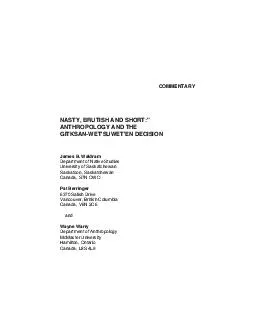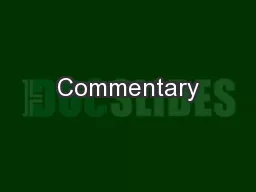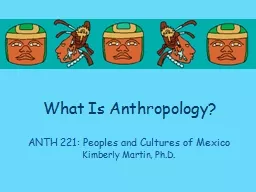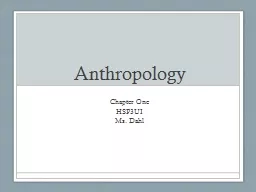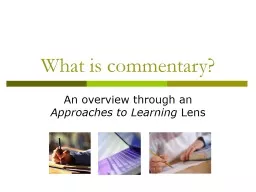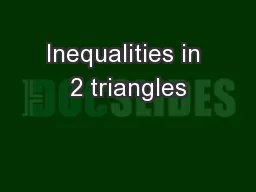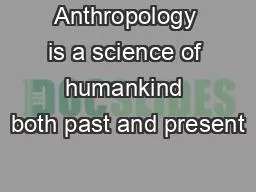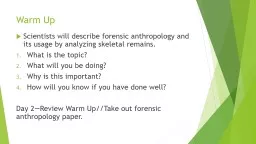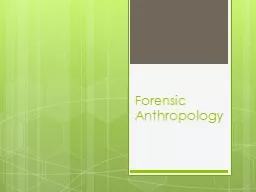PDF-COMMENTARY NASTY BRUTISH AND SHORT ANTHROPOLOGY AND THE GITKSANWETSUWETEN DECISION James
Author : myesha-ticknor | Published Date : 2015-02-27
Waldram Department of Native Studies University of Saskatchewan Saskatoon Saskatchewan Canada S7N OWO Pat Berringer 6370 Salish Drive Vancouver British Columbia
Presentation Embed Code
Download Presentation
Download Presentation The PPT/PDF document "COMMENTARY NASTY BRUTISH AND SHORT ANTHR..." is the property of its rightful owner. Permission is granted to download and print the materials on this website for personal, non-commercial use only, and to display it on your personal computer provided you do not modify the materials and that you retain all copyright notices contained in the materials. By downloading content from our website, you accept the terms of this agreement.
COMMENTARY NASTY BRUTISH AND SHORT ANTHROPOLOGY AND THE GITKSANWETSUWETEN DECISION James: Transcript
Download Rules Of Document
"COMMENTARY NASTY BRUTISH AND SHORT ANTHROPOLOGY AND THE GITKSANWETSUWETEN DECISION James"The content belongs to its owner. You may download and print it for personal use, without modification, and keep all copyright notices. By downloading, you agree to these terms.
Related Documents

